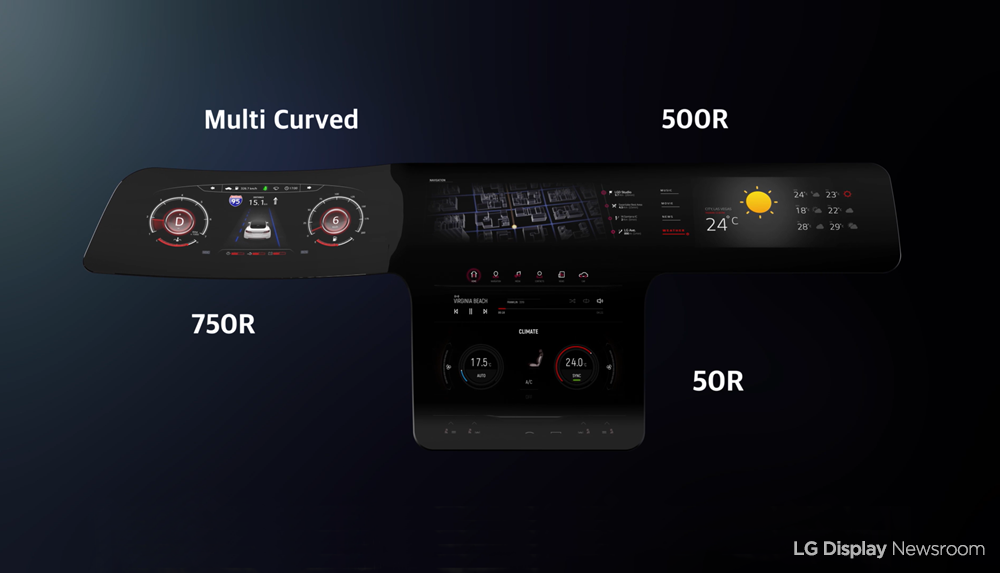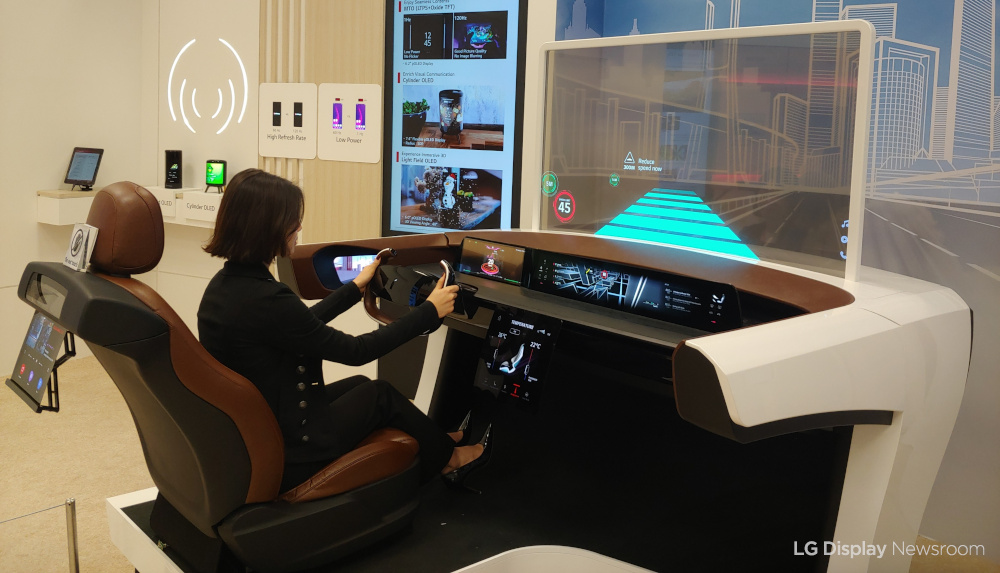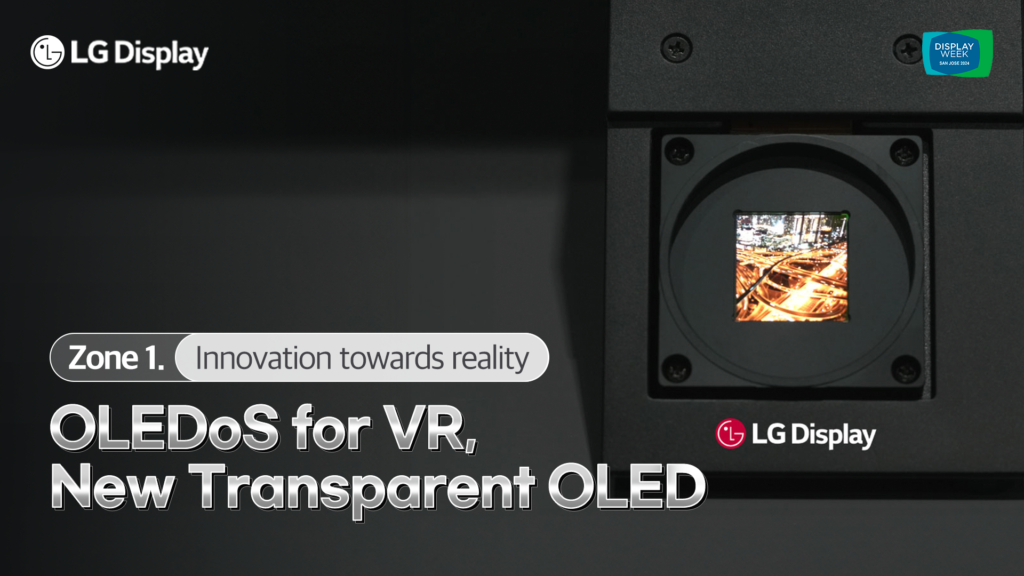By Alex Jensen
It seems like every new car model boasts a bigger and better infotainment screen, and indeed it is statistically true that automotive displays have been getting larger. But behind the trend is an industry leader that is truly in pole position: LG Display.
The company has been setting the pace in the market for automotive displays of at least 10 inches for 11 straight quarters, according to Korean reporting of Omdia’s latest data. The global research firm showed LG Display’s share of the 10-inch or larger automotive screen market to be 25.9% in the first quarter of this year.
Yet, it is when you up the stakes to the high-end world of automotive OLED displays that LG Display really shines, taking up a full 91% of the market. So, how has LG Display been able to position itself so prominently in the automotive display market and what does this tell us about the future of mobility?
1. Quality that leads the pack

If OLED displays are supreme in the TV world, the same is also true when it comes to automotive panels. LG Display’s cutting-edge automotive display technology focuses on P-OLED technology. The key advantage of P-OLED for automotive displays – in addition to OLED’s superior image quality and clarity – is that it offers even more flexibility in terms of design and shape, including meeting the needs of curved surfac.es.
Aimed at high-end vehicles, P-OLED technology received a ringing endorsement at Display Week 2021, hosted virtually this year by SID. LG Display showed off a set of four P-OLED panels connecting to form a T-shape, winning Best New Display Component.
Not only are P-OLED panels unique in their design capabilities, but they also feature OLED’s eye comfort benefits. Last year, LG Display’s P-OLED displays earned Eye Comfort Display certification from Germany-based display testing company TUV Rheinland – a first in the automotive display field.
2. Driving an industry sensation

Premium automakers have been lining up to have P-OLED displays within their own vehicles. Including the Cadillac Escalade, we have been seeing a shift from LCD automotive displays to P-OLEDs.
In addition to establishing its quality advantage, LG Display maintains its lead because it is very challenging for competitors to catch up. Omdia expects automotive OLED display shipments to reach US $264 million in 2023, which is over a fivefold increase from last year. By 2025, the forecast is for shipments to hit US $601 million.
3. Moving towards a new mobility model

Another major force driving the global interest in automotive displays and infotainment systems is the rapidly changing mobility market. Automakers are introducing more and more automated safety functions that take us closer to autonomous driving, from adaptive cruise control to collision prevention features.
As a result of the in-vehicle technology surge, demand for display information options is also rising. The global vehicle infotainment market is forecast to grow from US $24.3 billion in 2019 to US $54.8 billion in 2027.
And while fully autonomous vehicles still remain on the horizon, electric vehicles (EVs) are already accelerating demand for automotive OLED displays. P-OLEDs are especially favorable for EVs compared to LCDs, for instance, because they use much less power. When you add OLED’s quality advantages, it is clear to see why these displays are so appealing to automakers.










